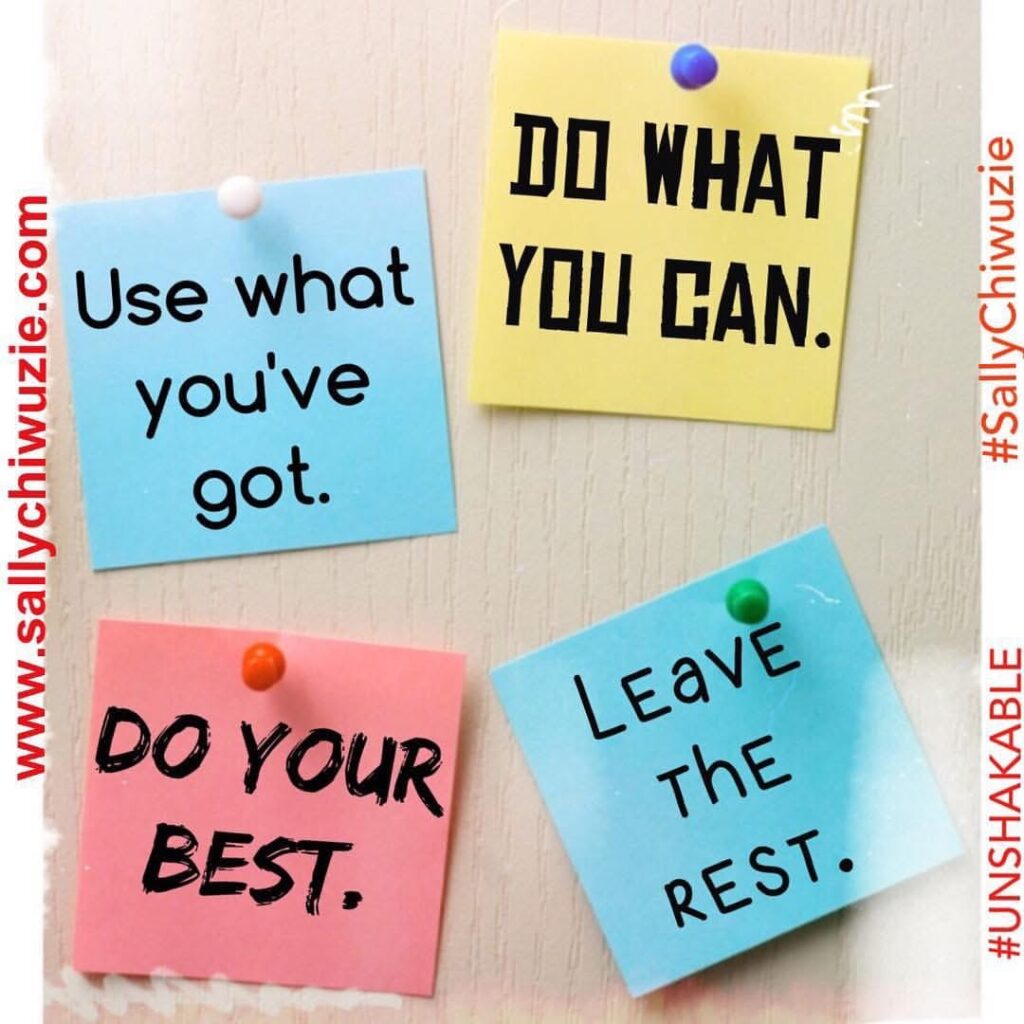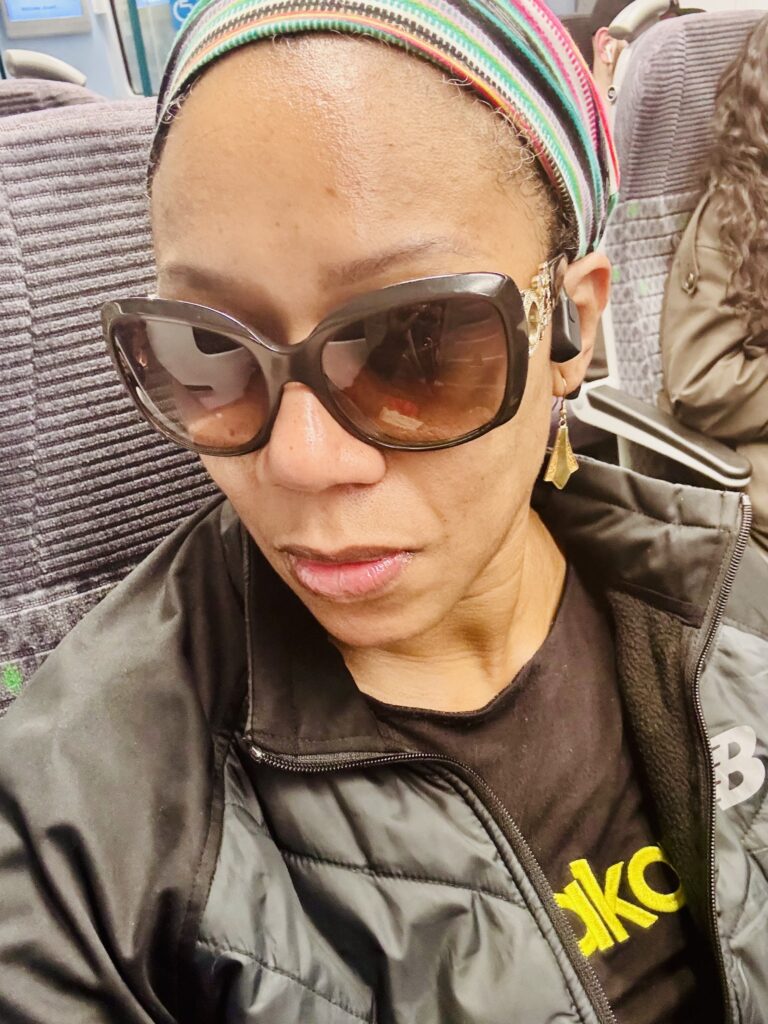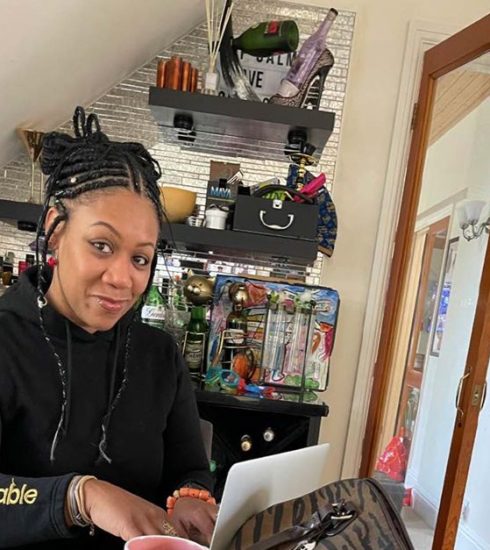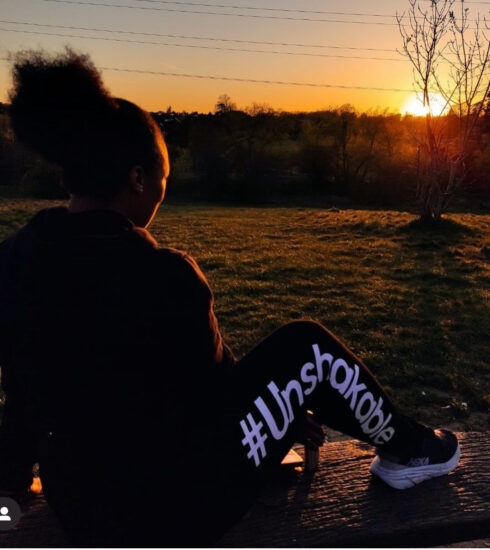Untold Truths: The Softness Return
She had been through a decade of darkness.
Not the dramatic kind — but the slow, quiet kind that seeps into the corners of your life until you forget what light feels like. A love that broke her heart. A friendship that took over her world and then betrayed it. The kind of grief that leaves fingerprints on everything.
She was one of the lunch in Paris crew — fifteen women, some strangers, some kindred spirits, who met for one unforgettable day. Over wine and laughter, she had said something that stayed with me: I’ve learned to survive, but I’ve forgotten how to live.’
That day, she promised herself she’d try again.
But healing isn’t linear.
She threw herself into work. Built boundaries — thick, tall, impenetrable ones. Told herself she was protecting her peace, but really, she was protecting her pain. She had mistaken strength for stiffness. She became excellent at functioning and terrible at feeling.
Then her closest friend died — the one who had once been the centre of her world, even through the chaos. It was a loss that defied language. When I called to offer condolences, someone beside her said softly, ‘I hope something beautiful grows out of that void.’
It took time, but it did.
Slowly, almost imperceptibly, she began to thaw.
She learned that boundaries didn’t have to be barricades; that they could be walls with doors and windows, opened or closed on her own terms. She discovered that friendship didn’t have to be “ride or die,” that love didn’t have to be dramatic to be deep. It could be semi-detached, breathable, and still beautiful.
And in that breathing space, she rediscovered herself.
She went to art galleries alone and realised she enjoyed her own company. She booked tribute concerts — Elton John, Tina Turner, Whitney Houston — and sang along without worrying who was watching. She began to find joy in the ordinary, excitement in the mundane.
She no longer needed life to be extraordinary to feel alive.
That was the miracle.
After a decade of darkness, she had learned how to return to softness — but this time, on her own terms. Not naive anymore, but wiser. Her softness had been fire-tested. It wasn’t the openness of a woman desperate to please; it was the openness of one who finally understood her own worth.
Her heart no longer swung open for everyone, but when it did, it was intentional, generous, and real. She became light again, not because life got easier, but because she stopped letting it harden her.
And then, just as quietly as she had survived, she left.
When she died, her sister attended the funeral and told me afterwards, “We could all take a cue from her. Life is proverbially short. She didn’t just talk about living again — she did it.”
And she was right.
We spend so much of our lives preparing for storms that we forget to celebrate the sunlight. We build walls to survive the wind and then forget to open the windows when it’s calm. We protect ourselves so fiercely from pain that we forget softness is not weakness, it’s wisdom.
She taught me that the real strength is not in staying guarded, but in daring to feel again. To love again. To hope again. To book the concert tickets, eat the dessert, visit the gallery, and dance anyway.
Because life will always test us, but joy… true joy… is a rebellion.
And perhaps this is the #Unshakable truth:
Once you’ve been burned, softness becomes a conscious act of courage.
To remain gentle in a hard world is not naivety — it’s mastery.
It’s how we build legacies not just of survival, but of light.
So here’s to the woman who learned to soften again —
who turned her pain into melody, her boundaries into grace, and her life into a quiet kind of art.
And here’s to anyone learning to do the same — to live gently after chaos, to keep their heart open after heartbreak, to let life touch them without breaking them.
May we all remember that softness, in the end, is strength; and that even the most unshakable hearts were once tender.
‘See’ you next week.

IG Handle: @unshakable.is.a.state.of.mind






